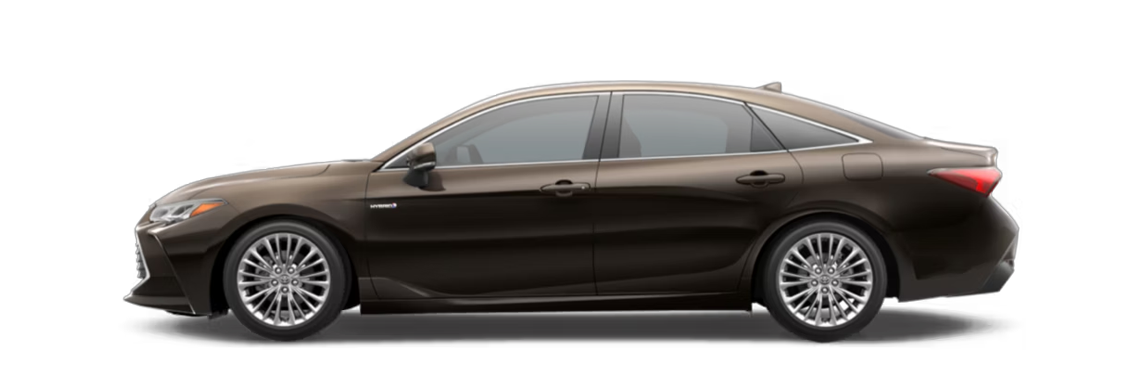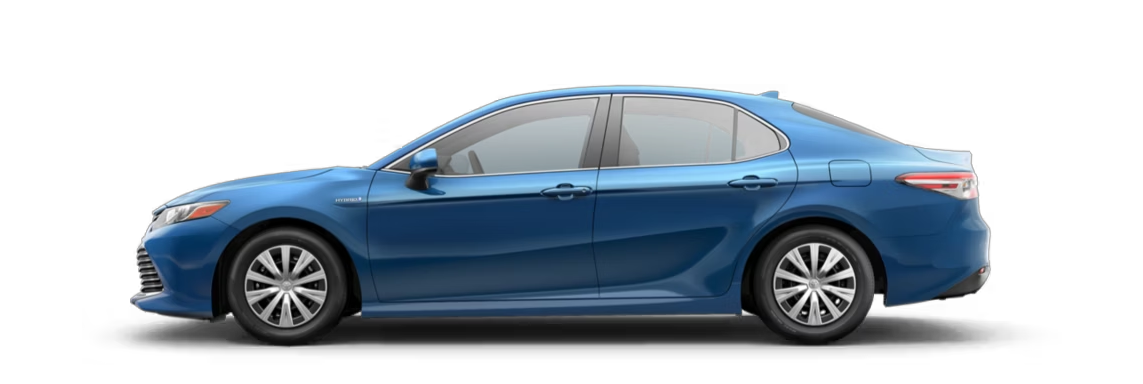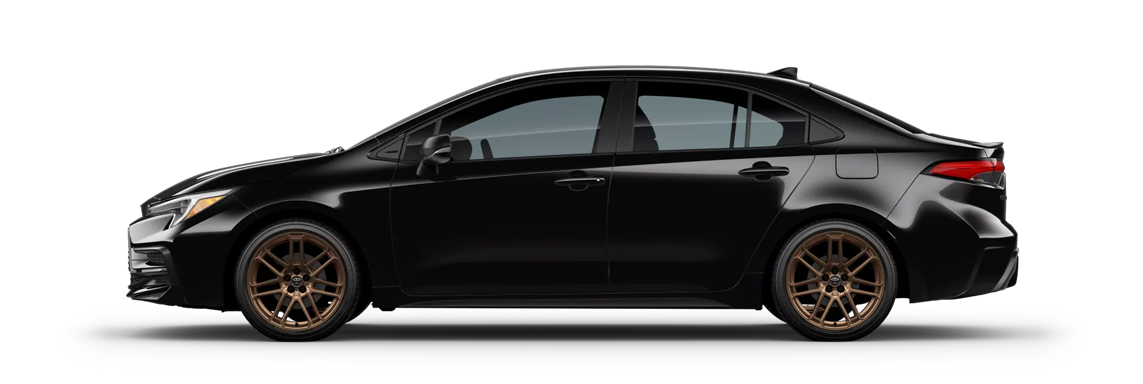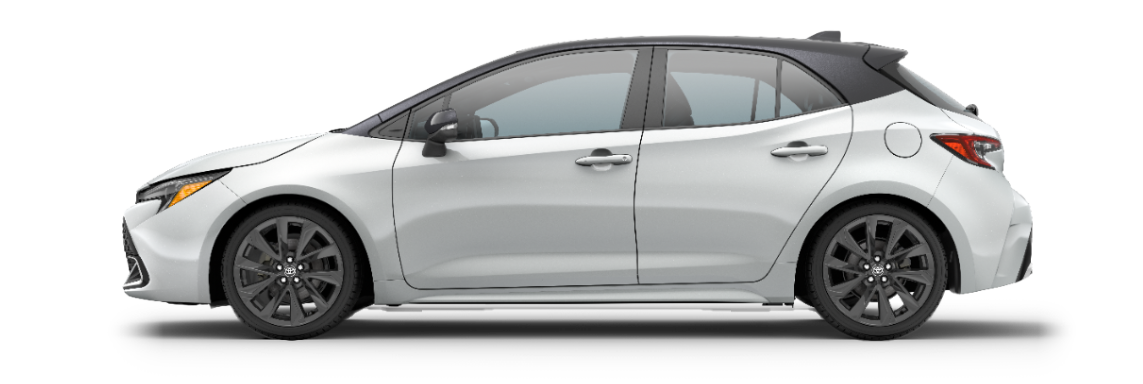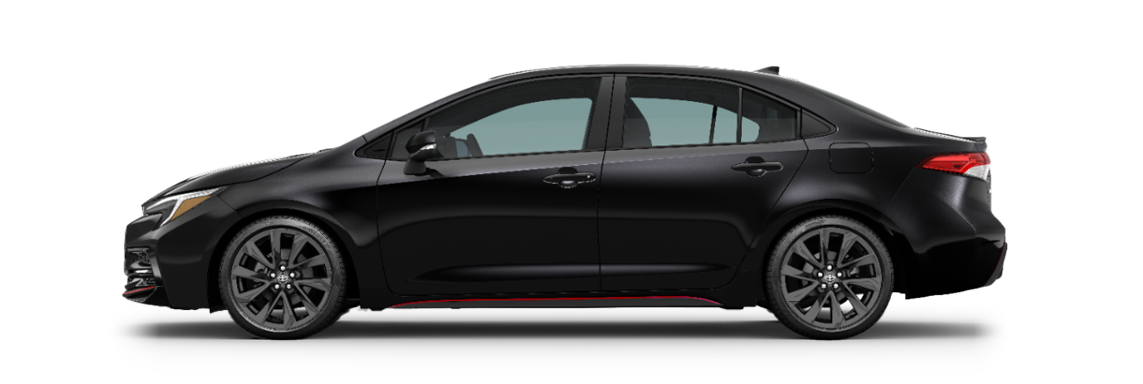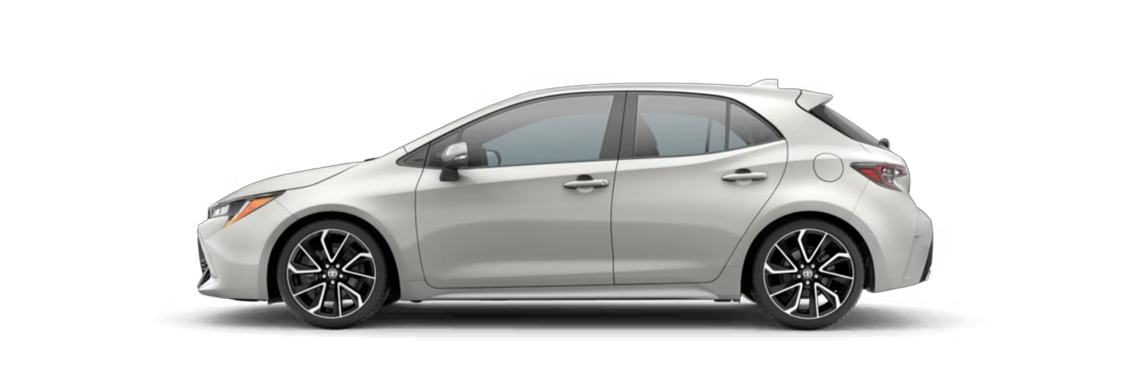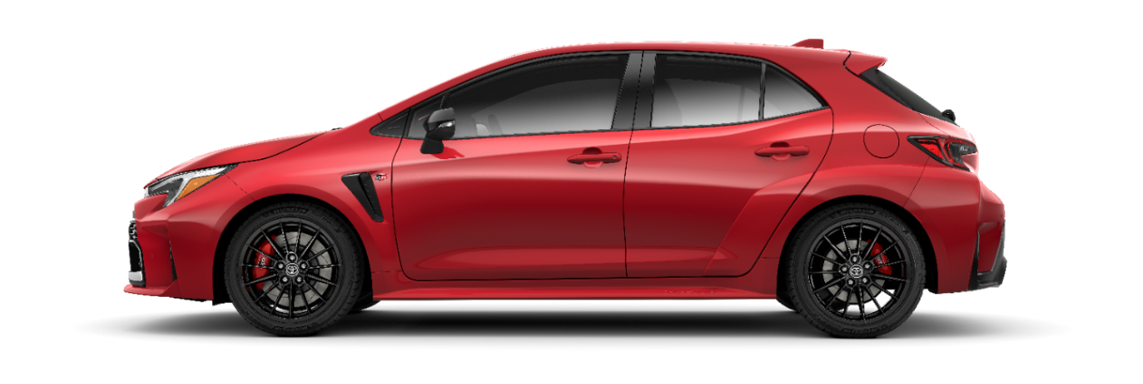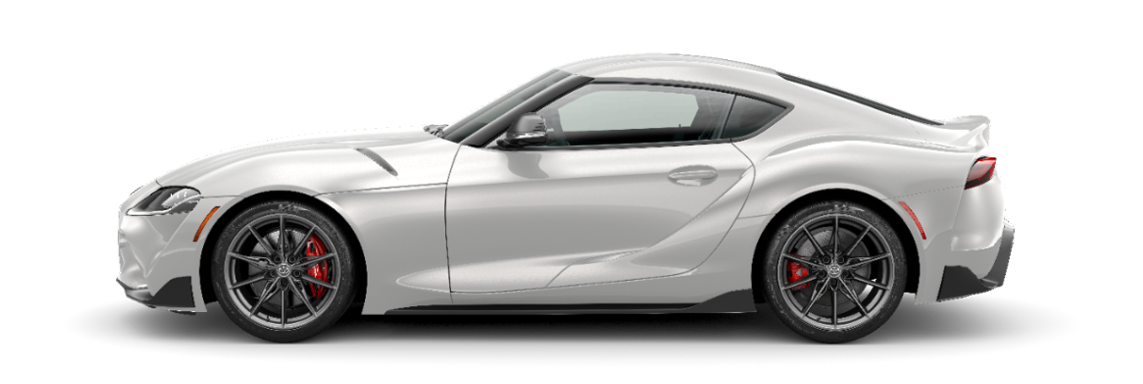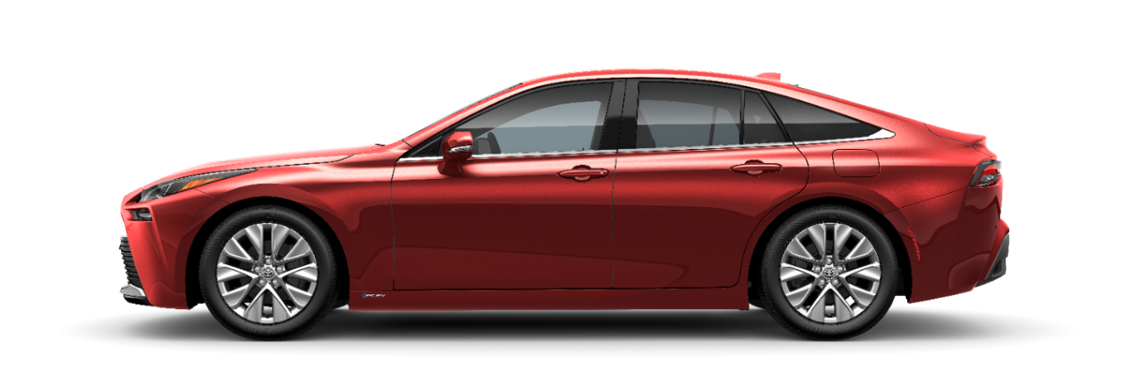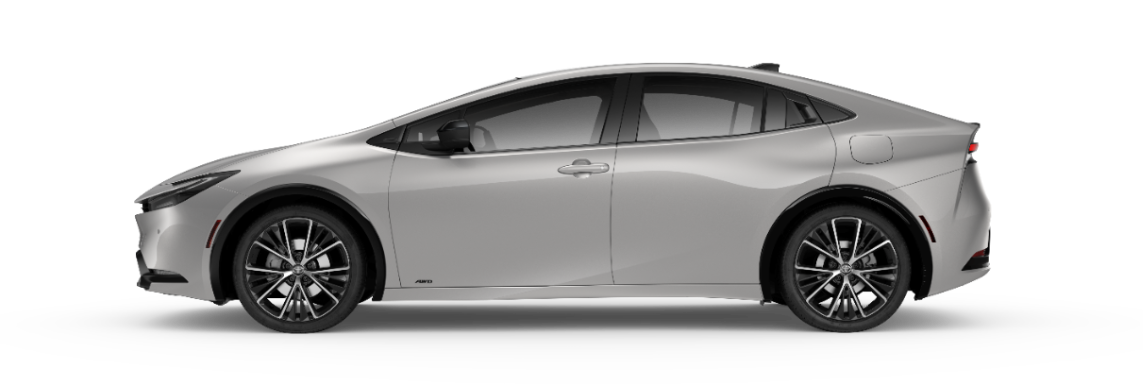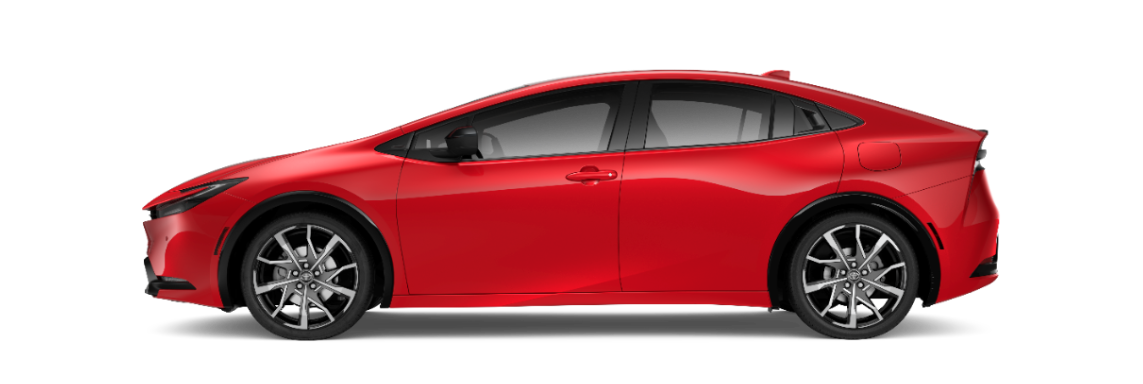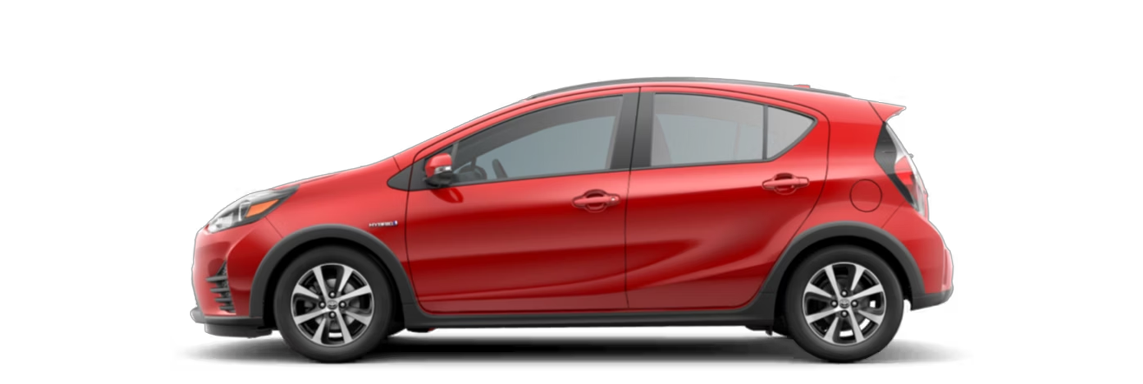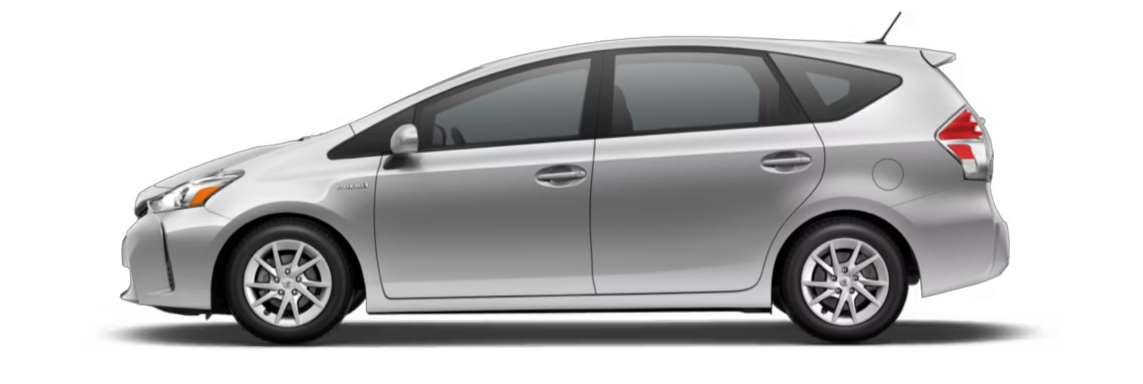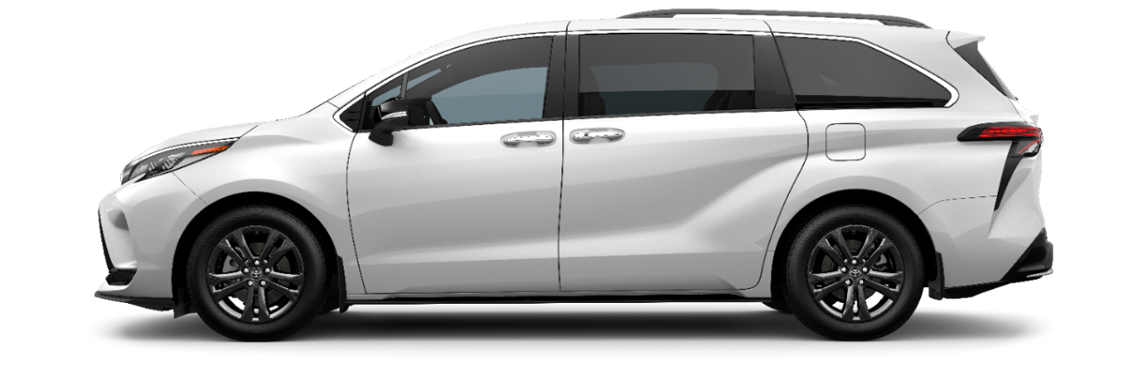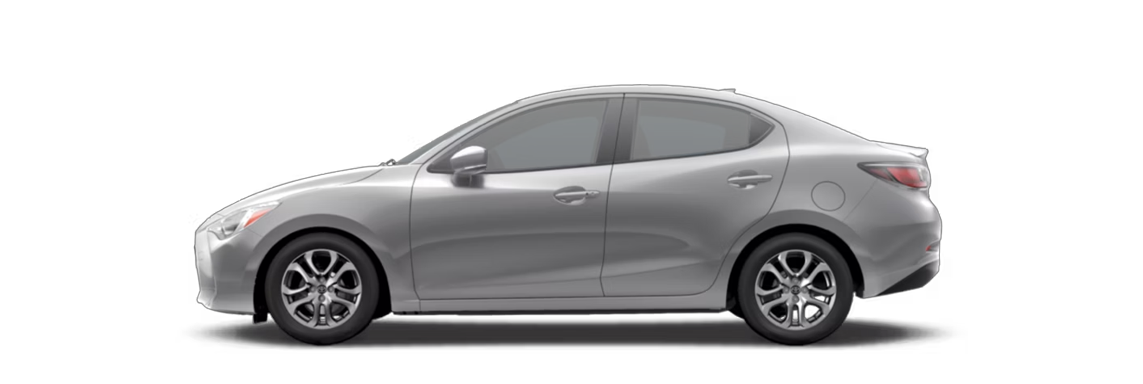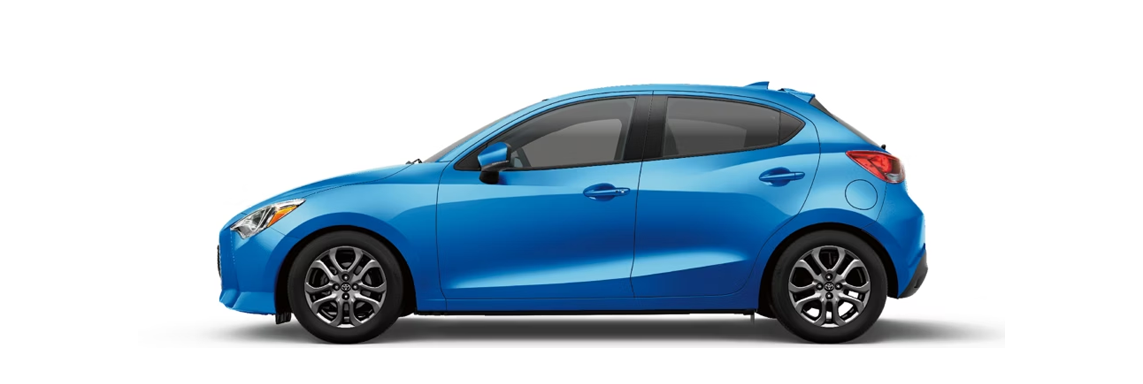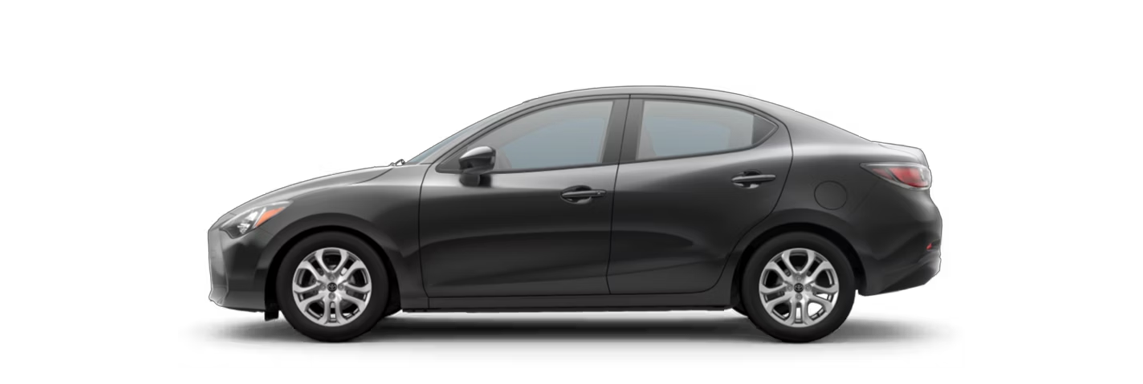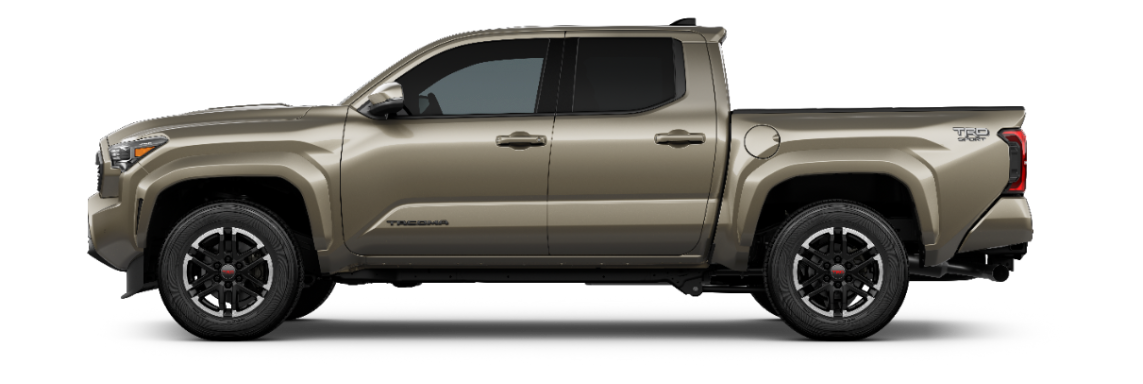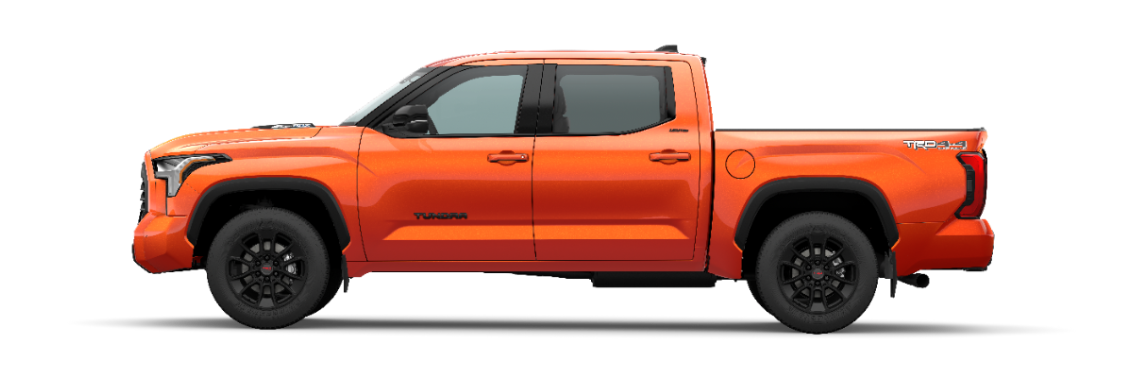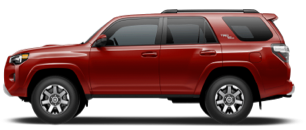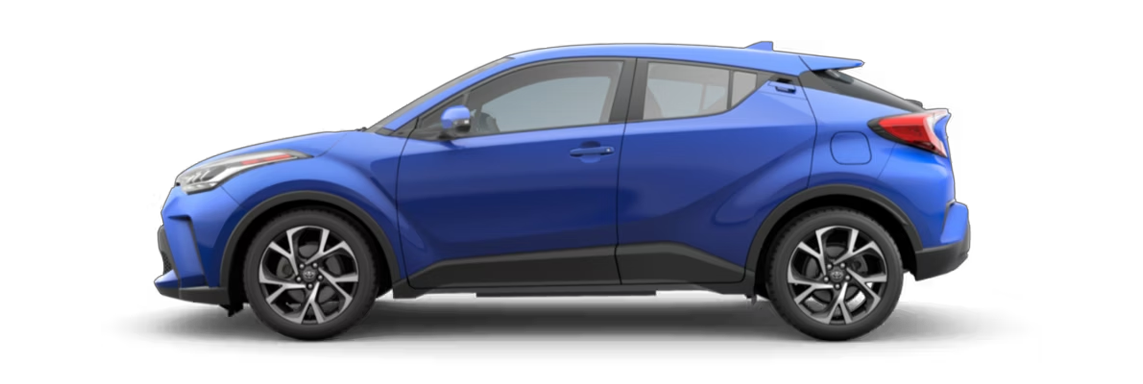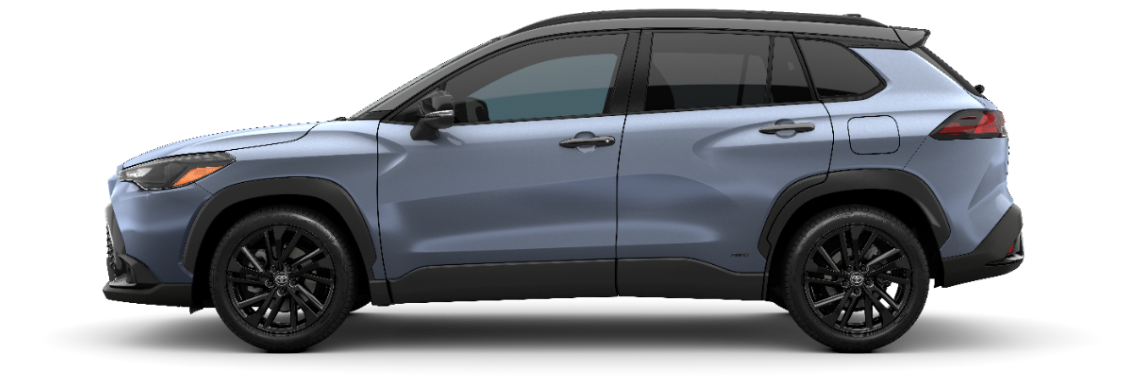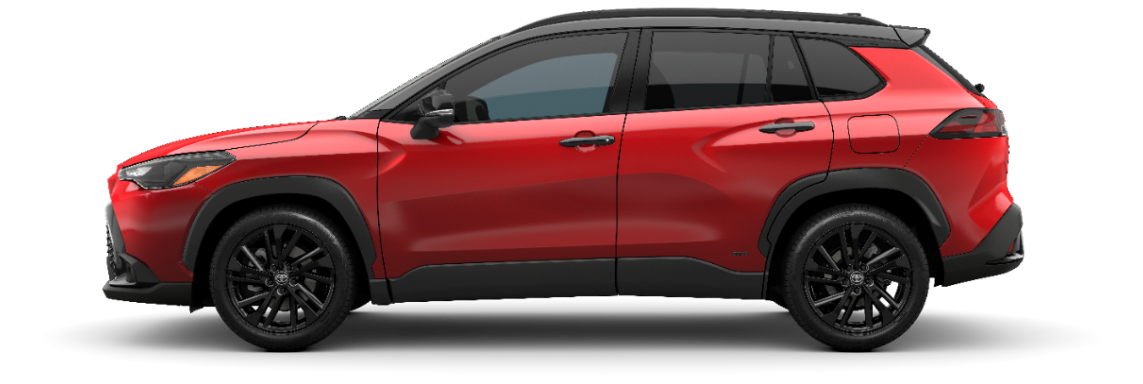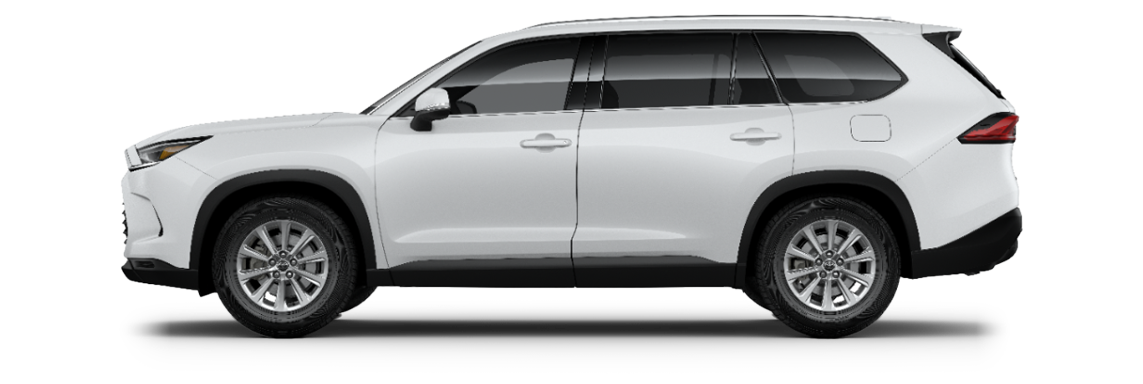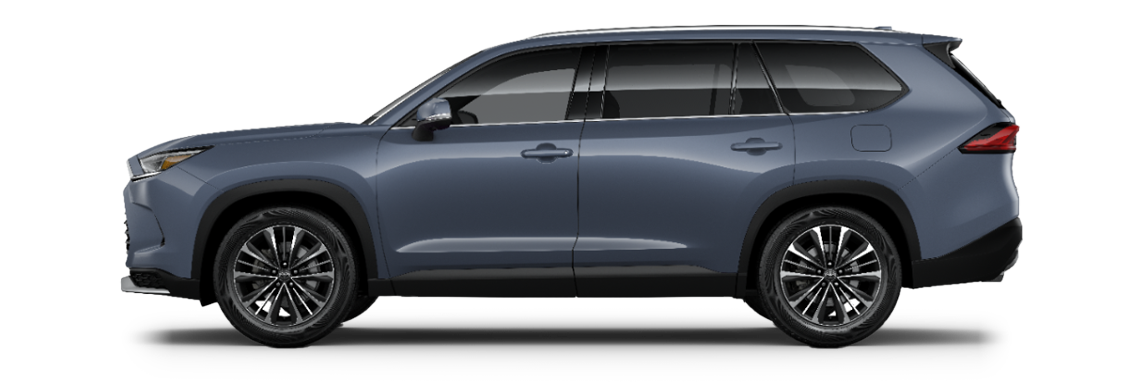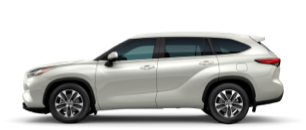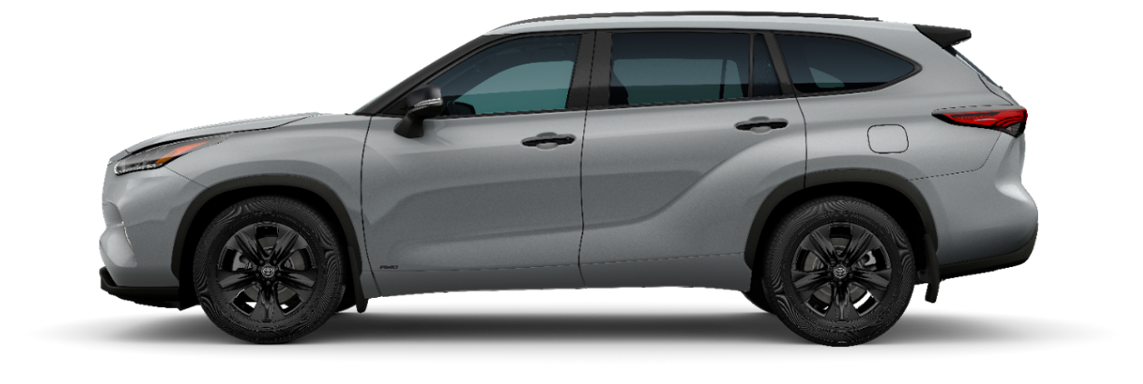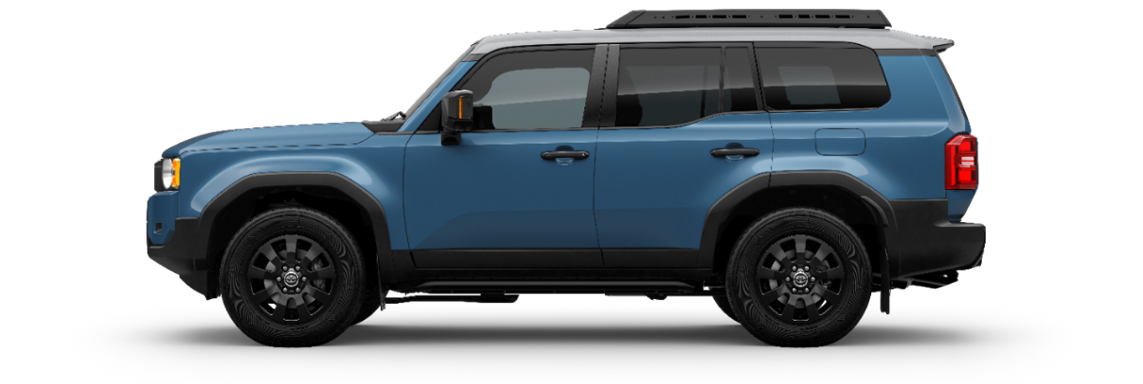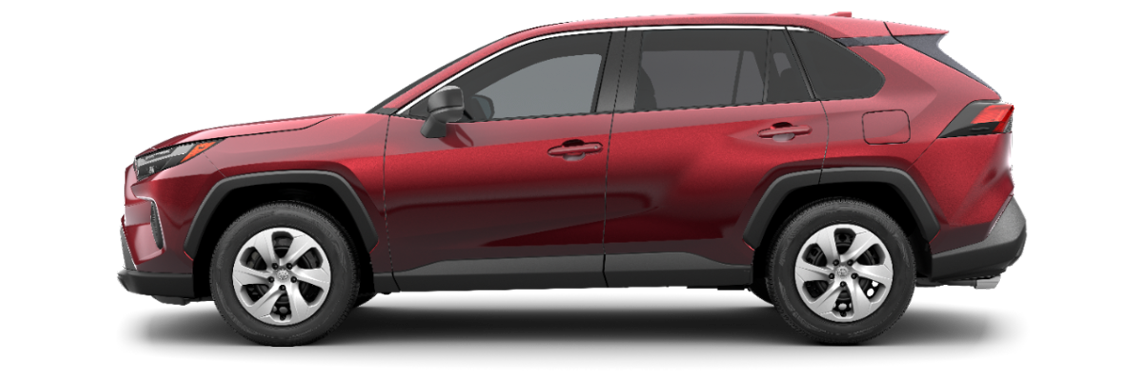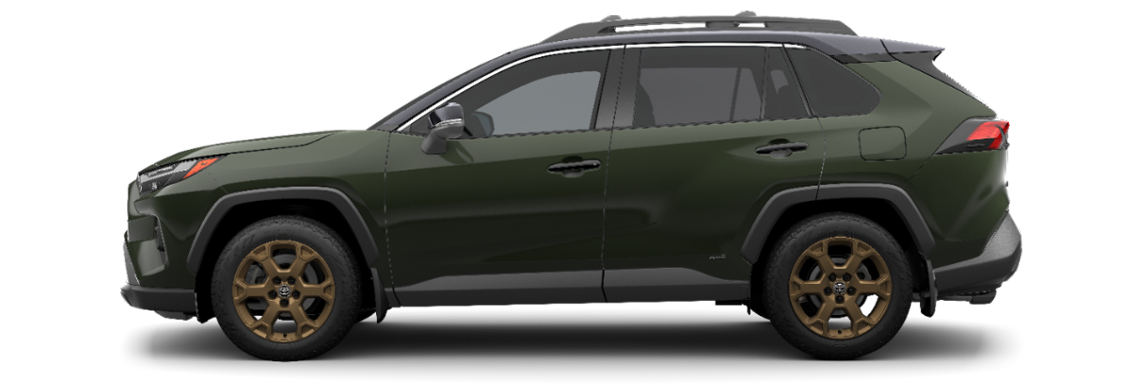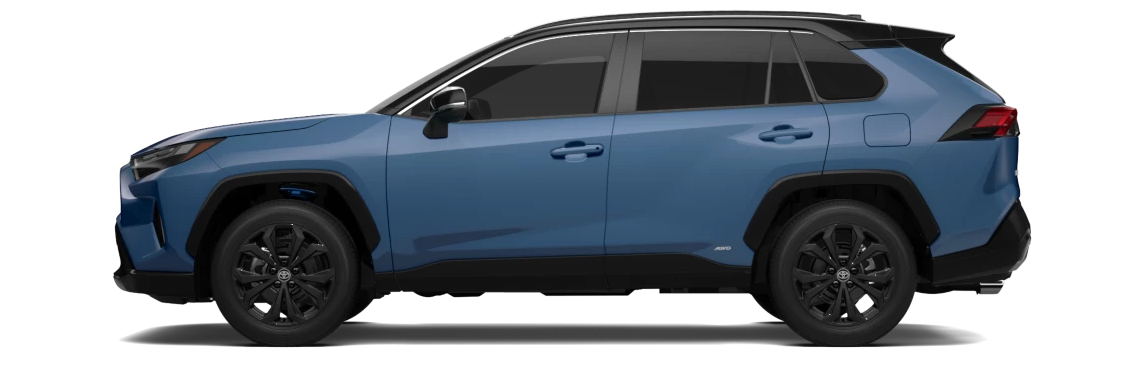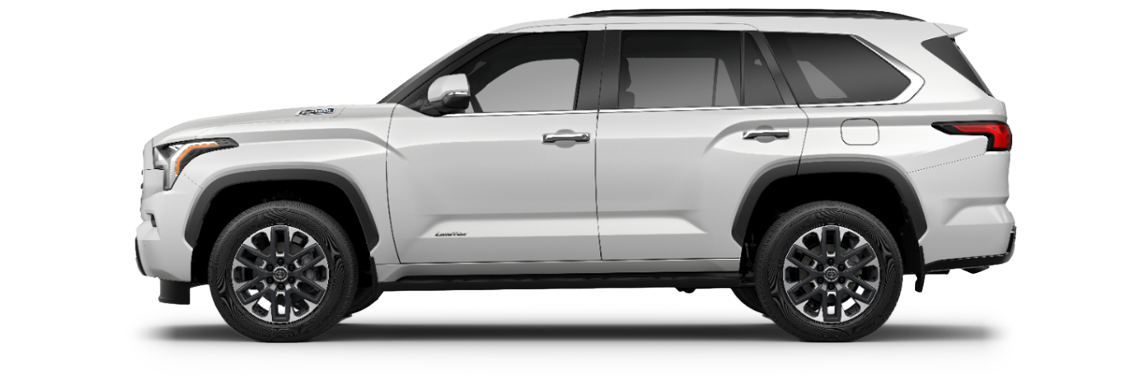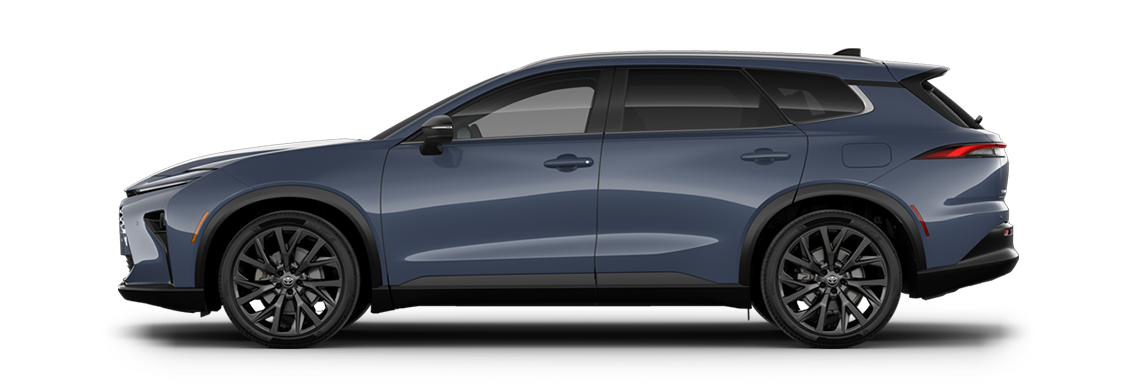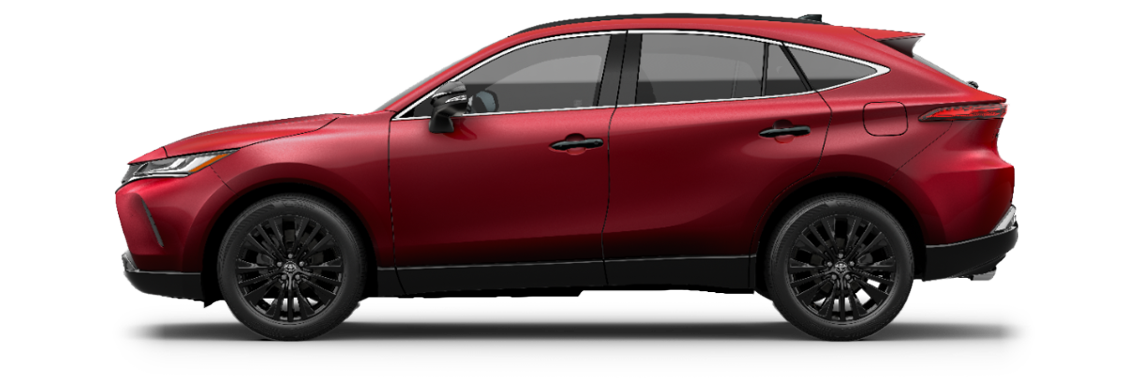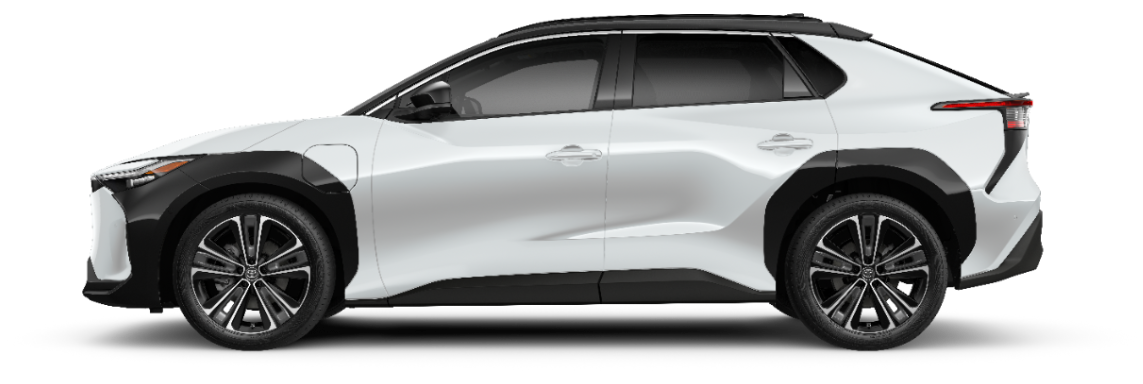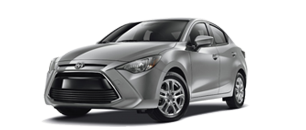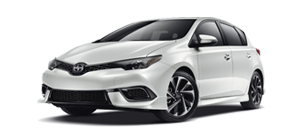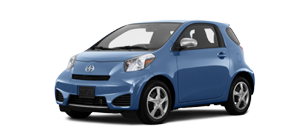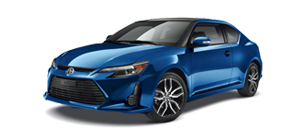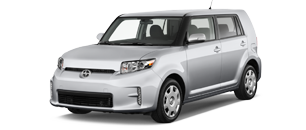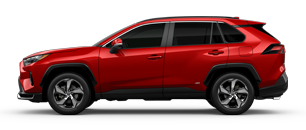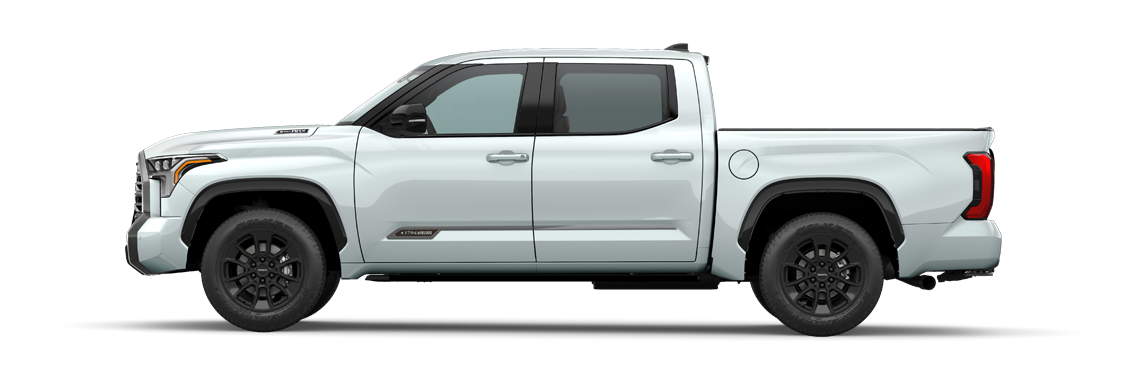Certificados Toyota | Consejos
Top 5 Used Car Buying Tips
Before buying any used car, even a certified pre-owned vehicle, it's important to be informed before you go shopping. Here are some used car buying tips for anyone thinking about purchasing a certified pre-owned vehicle:
Know the difference between a manufacturer-certified vehicle and a dealer-certified vehicle.
It's best to choose a vehicle that's been certified by the manufacturer rather than just the dealership. Generally, they're more reliable and go through more testing. You'll also be protected if the dealership goes out of business. In addition, manufacturer-certified vehicles often come with perks similar to those offered with new cars, like roadside assistance and loaner cars.Understand what the manufacturer's certification covers.
By following this used car buying tip, you'll have a good understanding of what the certification means and what the warranty covers.Read the inspection report.
Once you've researched the make and model you want to buy, ask the dealership to show you the actual inspection report for that vehicle. Check the vehicle identification number (VIN) and make sure it matches the one on the inspection report.
Get behind the wheel.
Take a test drive and make sure you inspect the vehicle from top to bottom. Another important car tip is to look for mismatched paint—a telltale sign that the car's been in an accident. You may want to get a vehicle history report from websites like CARFAX®.Know what it's worth.
Before purchasing a vehicle, it's important to research it online and know the true market value. That way you can negotiate a better price for yourself.
3 Tips for Buying the Most Fuel Efficient Used Cars
Making a big purchase is no easy task. And with gas prices on the rise, it's important to look beyond just the sticker price and consider how much that vehicle is going to cost you when it comes to filling up at the gas pump. But how do you find the most fuel efficient used car, while also finding one that fits your lifestyle? Here are three easy tips for finding a fuel efficient used car:
Think small.
If you have a huge family or use a truck for work, a smaller vehicle with a smaller engine may not be realistic. But remember, a smaller engine size often means less fuel costs. A car with a four-cylinder engine, for example, is generally a more fuel efficient used car than one with a six- or eight-cylinder engine.Consider going "greener".
Some people tend to shy away from hybrid vehicles, even though they may be able to save you money on gas every year. Today's advanced hybrid vehicles offer proven reliability and come in a range of styles—from compacts to SUVs. You may pay a little bit more upfront—but the savings at the gas station may be worth it.
Buy newer.
When buying a fuel efficient used car, it often pays to choose a later model year. Over the past few years, manufacturers have added a variety of technologies to help improve mileage and create more fuel efficient vehicles.
Top 5 Fuel Efficient Driving Techniques for Used Cars
If filling up at the gas station is your least favorite part of the week, you're not alone. Gas prices are constantly on the rise. But did you know that you can actually cut your gas consumption by as much as 25 percent just by being a better driver? Here are five fuel efficient driving tips that really work:
Take your time.
The harder you accelerate the more fuel you waste. Instead of slamming on the accelerator, press the pedal gently (it should take you about five seconds to accelerate your vehicle up to 15 mph from a stop).Steady as she goes.
Stop-and-go driving is a good way to empty your gas tank quickly. Dips in speed and spurts of acceleration can make you use up to 20 percent more fuel. One good fuel efficient driving habit to get into is using cruise control on the highway.Pay attention.
Keep a good momentum on the road by planning ahead of time. Anticipate the movements of pedestrians and drivers, and keep a good distance from the car in front of you. This will lead to more fuel efficient driving and help save you gas.
Coast.
Instead of speeding up and then slamming on the brakes, coasting toward a stop sign or red light helps you conserve fuel. It's not only a fuel efficient driving habit, it's also easier on your tires and brakes, which saves money on maintenance and repairs.Don't speed.
Most vehicles' gas mileage starts to dip at speeds above 50 mph. Remember, every five MPH you drive over 50 MPH is like paying an extra 25 cents for a gallon of gas. Driving slower also helps you avoid the cost of speeding tickets and rising insurance costs.
Used Car Maintenance Tips & Services Checklist
While you probably know maintaining your vehicle helps it perform better and keep you safer on the road, it's easy to let scheduled service take a back seat to other priorities in life. But with a little planning and the knowledge that car maintenance service can actually save you money in the long haul, it's easier to put it at the top of your to-do list. Here is a simple car maintenance tips and services checklist that'll help you knock items off your list in one afternoon:
Take it in for regular service.
Check your owner's guide, find out when your scheduled car maintenance services are and make an appointment to take care of it. You may want to schedule service through your dealership, since they keep a detailed record of your service history and also guarantee genuine parts and expertiseLet your vehicle breathe.
Clogged air filters can reduce gas mileage in older cars with carbureted engines by as much as 14 percent. In newer cars, clogged filters can hamper your acceleration time.Oil change. Oil change. Oil change.
Letting this simple car maintenance service fall to the wayside could void your warranty (check your owner's manual to find out when you're due for service) and even cause an engine failure, which can cost thousands of dollars.
Keep your tires in good shape.
Purchase a tire gauge (they aren't expensive) and check your tires' pressure regularly, including the spare. This basic car maintenance tip helps boost fuel efficiency and cuts down on wear and tear.Give it a shine.
Washing your car keeps it looking good and helps maintain the finish. If you wash your own, use products designed for cars, not hand soap, dishwashing detergent, or household glass cleaners, which can also strip off the protective wax.
3 Most Common Used Car Buying Mistakes
While buying a car can be exciting, there are some pitfalls to avoid throughout the process. From lack of preparation, to thinking with your heart instead of your head, here are three of the most common used car buying mistakes:
Purchasing based on passion
Purchasing a used car is a big and costly decision, which means emotion needs to take a back seat to common sense. Falling head over heels for a particular car not only puts you at the mercy of the savvy salesperson, who will see stars in your eyes from across parking lot, it also closes you off to other vehicles that may actually be a better fit.Negotiating the monthly payment rather than purchase price.
Since numbers can be easily manipulated, you could actually overpay for your used car if you talk in terms of monthly payments. While the payment being discussed may be what you had in mind, the salesperson can arrive at that number by giving you less for your trade-in, for example, or by extending the number of years you finance, or convincing you to lease rather than buy. Negotiate the vehicle's price first, then talk about your trade-in, financing, etc. afterward.
Not knowing what your trade-in is worth.
While you may get a great price on your used car, it may only be because you took a big hit on your trade-in. That's why it's so important to know the value before you begin shopping. There are plenty of websites that will let you research trade-in values to expect when going through dealerships, as well as the price you can expect to get if you sell it to a private party (which is usually more).
5 Common Used Car Scams to Avoid
You've done all your research. You know what kind of car you want. Now it's time to buy. But, before you do, remember the old adage, “if it sounds too good to be true, it probably is.” Used car scams are everywhere, and to avoid them, you need to know what to look for. Here are five red flags to watch out for when buying a used car:
A price that's too good to be true.
If you've done your research, you know the going price of the car you want. Often times, used car scammers offer it at a price well below what it's worth, and usually create a sob story to go along with it (death in the family, divorce, etc.) If you see the car you want advertised for a too-good-to-be true price, it's probably not legit.The car and the seller are in different places.
While this can be a real scenario, proceed with caution. A lot of times, scammers will make up a story about having to relocate for work or pretend they're a member of the military stationed elsewhere, when really it's just a used car scam. If the car isn't where you are, you can't thoroughly inspect it or meet the seller in person before you hand over the money—and you may get the short end of the stick.3rd-party protection plans.
One way used car scammers lure in their bait is by offering you a protection plan through a third-party company—a company you've probably heard of. However, you'll soon discover that many of those companies don't even offer buyer-protection plans and those that do… only do it for cars sold through their own website. If someone offers you a protection plan through a company you didn't buy from, it may be a used car scam.
Something suddenly changes.
If the seller suddenly does a 180 in the middle of your negotiations, watch out! Changing the terms of the sale without warning or asking to move the transaction from one website to another is a major red flag.They want your money now.
Money should never change hands until you have the car in your possession. If the seller wants your money in advance, wants you to use a wire-transfer service, or wants you to load up a prepaid card, it's likely a used car scam.
The Value of a Warranty for Your Used Car
To buy or not to buy... that is the question. A used car extended warranty is an extended service contract that covers certain repairs and issues after the original warranty expires. If you're thinking about purchasing an extended warranty, make sure you understand the extent of its coverage Here are a few questions you should ask yourself before buying a used car warranty:
How much coverage is left on my car?
Many factory warranties transfer to used car buyers at the time of purchase. So if you have one year of coverage left and you plan on keeping the car for four more years, for example, you need to decide if you want coverage for those three years. Some experts suggest putting the money you would have spent on the warranty into a savings account—and chances are you'll come out ahead.Is my car a certified pre-owned vehicle from the manufacturer?
If so, you already have used car extended warranty protection, although the length and type of coverage will vary… so be sure to know what's covered and for how long.Can I handle unexpected expenses?
If the cost of replacing an electrical part, A/C or transmission would wreak havoc on your budget, a used car extended warranty might not be a bad idea.
Is my car reliable?
If it is, you may want to forgo the extra coverage and costs. But it's all a gamble. By buying a used car warranty, you're betting something major will go wrong with your car. The company you're buying the contract from is betting it won't. They usually win.What type of warranty am I getting?
There are used car warranties backed by your car's manufacturer, as well as so-called "aftermarket" warranties, offered by third-party companies. Manufacturer's warranties often cover a wide range of repairs and services, which can be done at any authorized dealership. Aftermarket warranties are often cheaper—but be careful—the quality may not be the same. Also, some dealerships may offer you a dealer warranty instead of a manufacturer's warranty, which means all the repairs and services can only be done at that dealership. If you're out of town when your car breaks down or if the dealer closes up shop, you're out of luck.
The Benefits of Buying a Used Car from Dealership
From private sellers, to used car dealerships, you have many choices when it comes to where you purchase your vehicle, but buying a used car from a new car dealer offers quite a few benefits. Here are just a few reasons to consider buying a certified pre-owned vehicle from your local dealer:
Multi-point inspections.
Certified pre-owned vehicles with a manufacturer's warranty generally have to meet higher mechanical, detailing and appearance standards. Make sure the dealership you're buying your used car from offers some kind of vehicle history report, like CARFAX®, to ensure it's worthy of the certification process.One-stop shopping.
Big dealers have a big selection of used cars to choose from. Also, you can test drive as many vehicles as you want, safely. Buying from private sellers can be more time consuming and risky, since you're test driving with a stranger.Easier financing process.
A dealer helps you complete credit applications right then and there, and is motivated to get you instant approval.
No paperwork hassles.
Since the dealer helps you complete all the paperwork, you don't need to stand in long lines at the DMV.At Toyota, buying a used car is easy.
We are committed to putting the highest quality certified vehicles on the road. Each certified used vehicle must meet or exceed an intensive multipoint inspection to ensure that every one has that like-new look and feel that you would expect in a certified used vehicle.
Picking the Best Used Car for Your Family
Choosing a used car that works best for you and your family is an important decision. Price is a huge factor but—considering your precious cargo—safety is also a primary concern. But, where should you start your search? Here are some used car shopping tips that can help you make an informed decision about finding the safest car:
Research information about your vehicle and its crash test performance.
There are plenty of online resources, like the National Highway Traffic Safety Administration's website, that show you how the used car you're considering performed in different crash tests.Consider going with newer vehicles.
Chances are, the older a used car is, the less likely it will be equipped with the latest safety features. Before deciding on any vehicle, check out what safety features are includedCheck the paperwork.
Make sure you read everything carefully. Even if it is a certified pre-owned vehicle, not all dealerships have the same level of standards for used cars. Ask the dealership to show you the actual inspection report for that vehicle. If you're buying from a private party, make sure the ownership of the vehicle is transferred to you legally, so that you don't have to deal with unpaid fines or fees.
Know the history.
Even if the used car you're considering looks like it's in great shape, it may have a sordid past—from odometer issues, to water damage, to major accidents. A history report from websites like CARFAX® helps give you confidence in the vehicle's history.Make sure it fits your lifestyle.
Be realistic about what kind of used car best suits you and your family. Do you drive a lot and need a car with great MPG? Will the vehicle be big enough to safely and comfortably fit your family? Does it have a LATCH restraint system for car seats? When shopping for the best used car in your budget, make sure it's the right one for you.
How to Get Better Gas Mileage
Your vehicle's fuel economy not only depends on your car, truck, van or SUV, but also how you drive, how you maintain your vehicle, how much you store/haul in your car and more. Here are five ways to get better gas mileage and save money, too:
Don't be an aggressive driver.
According to FuelEconomy.gov, drivers who speed, brake and accelerate quickly can reduce their gas mileage by as much as 33% on the highway and 5% in the cityUse the right grade of motor oil.
If you're trying to learn how to improve gas mileage, this often-overlooked element can help improve your car's fuel efficiency by as much as 2%, so be sure to follow your manufacturer's recommended guidelines.Keep your tires properly inflated.
For every 1 psi drop in pressure (in all 4 tires), your gas mileage will be reduced by approximately 0.3% – which means that you can improve your MPGs by as much as 3%.
Reduce your payload.
In your quest to learn how to get better gas mileage, consider this: If you bike, hike, camp or regularly haul equipment around town for work or play, it'll pay to unload your vehicle when you no longer need easy access to those items. In general, a loaded roof rack can decrease your fuel economy by as much as 5%, and for every 100lbs. in your trunk, you'll reduce your vehicle's MPGs by 1-2%.Maintain your vehicle.
If your car has failed your state's emissions test or is somewhat out of tune, getting it fixed can improve your MPGs by an average of 4%. Meanwhile, having serious maintenance issues corrected, like a faulty oxygen sensor, can improve your gas mileage by as much as 40%.
Another way to get better gas mileage is to carpool – and take advantage of HOV lanes during typically busy drive times and you can get more miles per gallon just by avoiding stop-and-go traffic, and long idling times.
The Penny Test for Tires
If you're starting to notice some wear on your tires, but aren't sure you have more or less than 1/16th of an inch of tread yet (the minimum legal limit for tread depth), the penny test for tires can help you decide just what to do.
Performing the Tire Penny Test
To perform the penny test on your tires, hold a penny vertically, with President Lincoln facing you, then place the coin (head down, but facing you) into several tread grooves in various places on the tire. If part of the President's head is always hidden by the tread, you have more than 2/32" of tread depth remaining. To further check your tread, you can repeat the penny test, this time with the Lincoln Memorial placed upside down and facing you. Insert the coin into several areas of tread and check to see if the top of the Lincoln Memorial is completely hidden. If so, it means you have more than 3/32" of tread depth remaining. If you don't have a penny handy, don't despair – you can perform a similar test with a quarter. To perform the quarter test, hold the coin head down, facing you – then insert President Washington's head into several areas of the tread. If part of Washington's head is always hidden, then you have more than 4/32” of tread depth remaining.What the Information Means
Once you've established an approximate tread depth on all of your tires, you may find that you need a new set. However, if your overall tread depth is in the safe range, perform the tire penny test again – but this time on only the inner and outer grooves. This will tell you whether your tires are wearing evenly. If they're not, a professional alignment or wheel rebalancing service may be necessary.
Play it Safe: Avoid These 5 Common Driving Mistakes
For many of us, driving is second nature. It's habit, we know where we're going, how to get there and could likely do it blindfolded. But out of habit, often comes complacency which can breed bad habits that put you – and others – at risk. Here are five common driving mistakes that are both easy to make and easy to avoid:
Distracted driving
We all have things on our minds, smartphones that ring and ding with messages, and/or kids and pets in the car to attend to, but when we're in the car, we need to focus. If you can't trust yourself to not check your phone, turn it off when you get in the car. As for your kids, lay ground rules – and if those rules are disobeyed or if an argument breaks out in the back seat – safely pull over and manage the situation. And finally, place your pet in an area that's safe for him and for you. If need be, you can even use a dog-friendly seat belt to keep him in place.Focusing on the wrong part of the road.
Some of us zero in on road signs and exit numbers, when we really should be focusing on the road (and the vehicles) in front of us. It may seem like one of the more obvious driving safety tips, but if you can switch your focus and be more aware of your immediate surroundings, the road will be safer for everyone.Speeding, tailgating, and generally being aggressive.
We've all been guilty of this at one point or another, but it's risky behavior that can not only earn you a ticket – but can cause accidents and put others in danger. So stop. Be mindful. Practice patience and make better choices – even if it means that you'll be 10 minutes late.
Not using your turn signals appropriately.
Some people signal too early, others too late and many, not at all. The problem with all of these scenarios is that they impact the way other drivers drive. If you signal too early, those behind you may think that you're not really going to turn and they stop paying attention to you; and if you signal too late or not at all, you force other drivers to (best case scenario) brake quickly to avoid a collision.Driving while tired, intoxicated or overly emotional.
Like many other driving safety tips, this one encourages mindfulness. In order to recognize that you should not drive, you have to be self-aware – and you have to take action. If you have a friend, family member or co-worker you can count on for a ride home when you've stayed out past your bedtime, had too many cocktails or have simply had a wretched day and need a hand getting home, it can help you – and others – stay safer on the road.
Basic Car Maintenance Services That Can Make All the Difference
Whether you do it yourself or prefer to leave it to the professionals, there are some basic car maintenance services that you shouldn't skip.
Change your oil according to your manufacturer's maintenance schedule
By not changing your engine's oil, you run the risk of leaving it without enough lubrication for its critical components to move easily – and allowing your engine to become overwhelmed with rust and sludge that naturally forms when engine oil becomes contaminated through regular use. All of this can increase friction in your engine and damage or destroy it – causing you to pay hundreds, if not thousands, in repairs. Sadly, even though this is one of the most important car maintenance tips, it's also one of the most ignored.Rotating your tires.
When you rotate your tires, you're helping the tread wear more evenly and effectively increasing the mileage you'll get from them.Flushing your coolant.
Just like your engine, your car's cooling system needs to be flushed and replenished in order to eliminate the rust and sludge that forms over time. By performing this basic car maintenance service according to your owner's manual (typically every two years), you can help protect your vehicle from the extreme heat generated by the engine and keep your car in tip-top shape.
Replace your brake fluid annually.
Brake fluids are hygroscopic and can (and do) absorb moisture from the atmosphere. This moisture causes your braking system's components to corrode and, in some cases, even fail. To prevent a small problem from becoming a larger, more expensive issue, replace your brake fluid and bleed your system once each year.Change your transmission fluid as recommended.
Transmission fluid, like many other fluids used in your vehicle, serves as both lubrication and coolant. If you don't perform this basic car maintenance service according to the manufacturer's recommended maintenance schedule, you'll eventually be lubricating your transmission with virtually nothing more than contaminants that have been lifted out of the transmission by the fluid. Not only will this shorten your transmission's lifespan, but it could cost you plenty in repairs.
Finally, don't forget that the best way to avoid major problems is to take care of them as they arise. So, in addition to following the car maintenance tips above – if your steering feels a little off, your car starts running a bit hotter than usual, or your engine just doesn't sound quite right, investigate the issue further and have any problems fixed as quickly as possible.
Buy a Family Car Everyone Can Love
No longer the "family trucksters" of long ago, family cars are now sleek, chic and multi-functional. But just what is a good family car? These days, they come in a range of shapes and sizes, but you'll still probably want to avoid a two-seater of any variety. You'll also want to look for features that give your brood innovative technology and the things they need to enjoy the ride, such as:
- Versatile seating options with room for your family's favorite gear, like bike and kayaks, plus seating for everyone – and maybe a friend or two.
- State-of-the-art safety features, like advanced air bag systems, blind spot monitors, all-wheel drive (if you live in a climate that warrants it), anti-lock brakes, vehicle stability control systems, etc.
- Technology options that can keep the whole family entertained during trips across town or across the country. USB ports let you play music or charge your go-to portable devices, while a good audio system and satellite radio give you more listening options and crystal-clear sound, and rear-seat DVD systems, complete with individual headphone jacks and power outlets, so your kids can charge their go-to devices even while they're in use.
- Dark leather or fabric upholstery and dark flooring will hide a myriad of stains and spills – and if you're able to buy a family car with leather interior, clean-up will also be fast and easy.
- Cup holders for every passenger. This way, no matter where your kids are seated, they'll always have access to their favorite form of hydration – and won't have to distract the driver if they need a drink.
Finally, if you're ready to buy a family car it can pay to consider a used vehicle. Because used car prices are lower, you can often get more of the family-friendly features you want – and get a better overall car for less than you would if you purchased a new car.
5 Ways to Make Your Used Car Look New
Even though buying used cars make good economic sense, they don't always look as new as perhaps you'd like. And although dealerships generally detail used vehicles and make the mechanical repairs necessary for them to run like new, sometimes you have to take it upon yourself to make your car look new. Here are 5 things you can do to give your used car a whole new look:
- Replace the floor mats with new carpet or rubber mats that were designed specifically for your make and model.
- If the nose of the hood is dinged from gravel, or your truck bed is scraped and scratched from normal wear and tear, cover them. Custom-fit car bras and bed liners can hide a myriad of superficial problems.
- Restore your headlight covers. With an inexpensive headlight restoration or de-hazing kit, you can not only make your car look new again, but you can make it easier for others to see you on the road.
- If your rims aren't sleek and stylish or your hubcaps have seen better days, splurge on a new set and give your car a fresh, updated look.
- Even on well-cared for cars, the seats often bear an abundance of abuse. So, if the seats in your used vehicle aren't entirely stain free, cover them with seat covers that were designed for your vehicle.
5 Things to Look for in Quality Used Cars
Used cars make good financial sense – and can even allow you to get a higher-end vehicle than you'd otherwise be able to afford. But just because it seems like a good deal doesn't mean that it is. Take a look at five things to look for in quality used cars:
Low, or relatively low miles.
Even though cars last a lot longer than they used to, if the car you're considering is near or over 100,000 miles, it's worth investigating why – and what kind of miles they are (highway or city). In general, good mileage for used cars up to six years old is 85,000 or less. That's the guideline used for Toyota Certified Pre-Owned Vehicles – and it's a good rule of thumb for anyone looking for quality used cars.Good overall appearance.
If the car has obviously been dented and repaired, looks damaged in any way, has parts that are suspicious looking, or even has a musty smell, it could indicate that the car has been in an accident or flood. If you like the car enough to seriously consider buying it, a thorough vehicle history report, like a CARFAX report, can help you make an informed decision.Overall performance.
When you take the vehicle for a test drive, try to drive both city streets and the highway. Take note of how responsive the steering and brakes are, as well as how it accelerates, corners, handles bumps and is impacted by turning on/off the air conditioning and heating. And don't forget to check the ignition, windshield wipers, tail and headlights, and warning lights on the dashboard (all of them should come on when you turn the key to the first position – and all of them should go off when you fully start the car).
Intact safety features.
Any quality used car should have all of its safety features intact – and in good working order, so check to make sure that all of the seatbelts work properly and if there's any question about the vehicle's airbags, anti-lock braking system, traction control, etc., take the car to a trusted mechanic and have them checked.It's comfortable, in general.
Whether you drive a lot or a little, any car you choose should be comfortable to drive, so make any necessary adjustments to ensure that the car meets your needs. Check the seat adjustment and seat belts, mirrors (rear-view and side), steering wheel, gear shift, pedals, distance from the cup holders and even how easy or difficult the car is to enter and exit.
5 Reasons to Buy Certified Pre-Owned Vehicles
Everyone knows that, as long as a vehicle has been well maintained and driven responsibly, a used car is almost always a better deal than a new car. But how can you know that the vehicle you're considering really is one of the good ones – and not just one of the many "great pretenders"? The answer comes in a new breed of used vehicle – a certified pre-owned vehicle. Not only are they less expensive, but because automakers back these "used" cars, they typically come with the added peace of mind of an extended comprehensive, as well as:
- A powertrain warranty
- A roadside assistance program
- The knowledge that your car has passed an extensive safety and performance inspection – and has been repaired or refurbished to bring it to nearly new car standards
- A CARFAX report – or some form of vehicle inspection report – which can help you better understand the vehicle and make an informed decision
- The possibility of buying a used car at a new car rate – which can help you save in interest
Along with all of the assurances and money-saving opportunities that come with buying certified pre-owned cars, there is another benefit – and that's that you can very often afford to buy a car that's nicer than you'd expect. After all, certified pre-owned vehicles are, in essence, used and dealers just can't charge as much for them as they do new. So if you want a state-of-the-art navigation system, 4-wheel drive, or even a leather interior, but you've got a no-GPS-2WD-cloth-interior budget, a certified pre-owned vehicle might allow you to get everything you want – including the right payment.
Why Buying a Used Car Just Makes Sense
Although new cars come with full factory warranties, and the latest safety equipment and technology, there are several reasons that smart shoppers prefer buying used cars to new. For starters, they've already taken their largest dip in depreciation, so you'll naturally stand to recoup more of your investment when it's time to sell or trade-in your vehicle. In addition, buying a used car offers these advantages:
More car for the money
Used cars naturally cost less than their new counterparts, which means that you just might be able to get a better or higher-end vehicle than you could if you bought one that's just off the assembly line.Lower insurance rates.
If you want to buy a used car, you'll not only save on the overall price of the vehicle, but you'll typically save on your insurance rates – making them even easier on your wallet.Protection is still available.
If the factory warranty is still intact, it may be transferred to a new owner (you). However, if you want to buy a used car that's part of a manufacturer's certified pre-owned program, you can expect your used car to be protected against a variety of problems for 12 months or more.
Issues may have already been corrected.
Sometimes, new vehicles have unseen issues that are repaired only after they're discovered by the manufacturer through a national recall. Depending on the age of the vehicle you're considering, many of those issues will have already been fixed.You can make an informed decision.
Unlike new vehicles, used cars have been driven (probably even by those you know), reviewed by experts and written about online and in magazines. When you buy a used car, there are countless places you can go for information on performance and reliability. However, if you choose to buy a new vehicle, you may have to just take a leap of faith and hope for the best.
5 Things You'll Need to Qualify for an Auto Loan
Unless you're ready to pay for a car with cash, getting an auto loan is a must. But just what do you need to qualify for one? Let's take a look.
Proof of identity.
To ensure that you are who you say you are, your lender will likely require you to submit a photo ID (with your signature on it), like a driver's license or passport, and may also require you to provide them with an original of your current utility bill or bank statement.Proof of income.
Before you can qualify for an auto loan, lenders want to know that you have an income that allows you to reliably cover your debts. In order to prove this, you may need to provide your lender with pay stubs or bank statements – and they may contact your employer to verify that you have a job.Proof of insurance.
Before getting an auto loan, your lender will need proof that you have an insurance policy for your vehicle. If you already have full-coverage auto insurance, the lender may simply need to verify this information before granting your loan. If you don't have full-coverage auto insurance, you may need to call your agent/agency from the dealership and arrange for insurance while you're at the dealership.
Proof of residence.
In order to qualify for an auto loan, your lender will need to know how to bill you – so they can be repaid. In order to do this, they'll need to verify your residence. Your driver's license and utility bill or bank statement (also used as proof of identity) can generally cover this requirement.Trade-in vehicle paperwork.
If you're trading in your car for a new or used vehicle, before getting an auto loan you'll need to prove that your trade-in belongs to you. In order to do this, you'll need the title and registration, as well as any information on your lienholder (if applicable).


